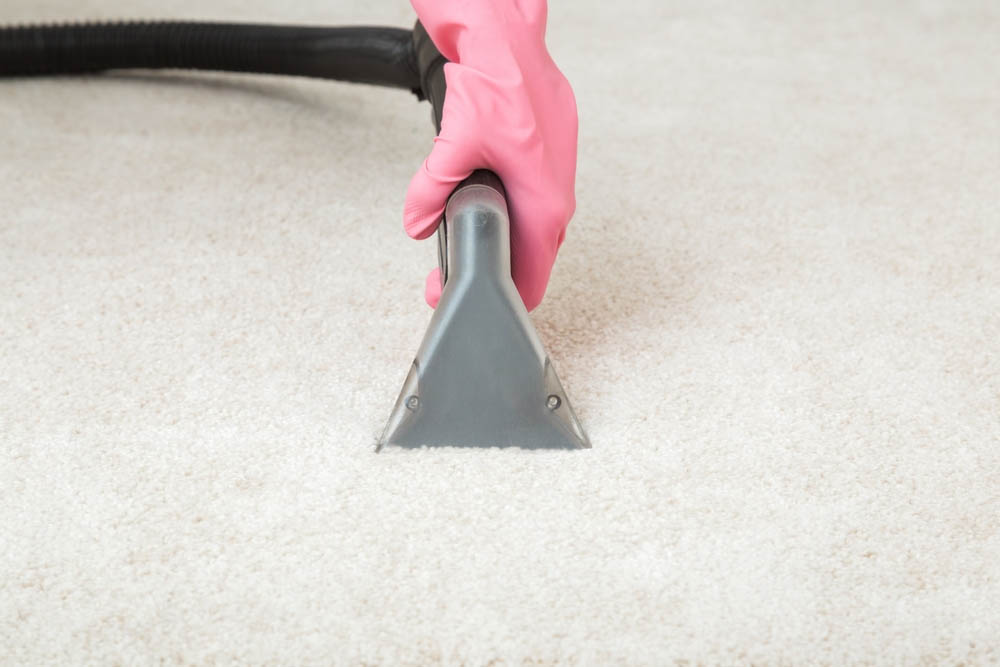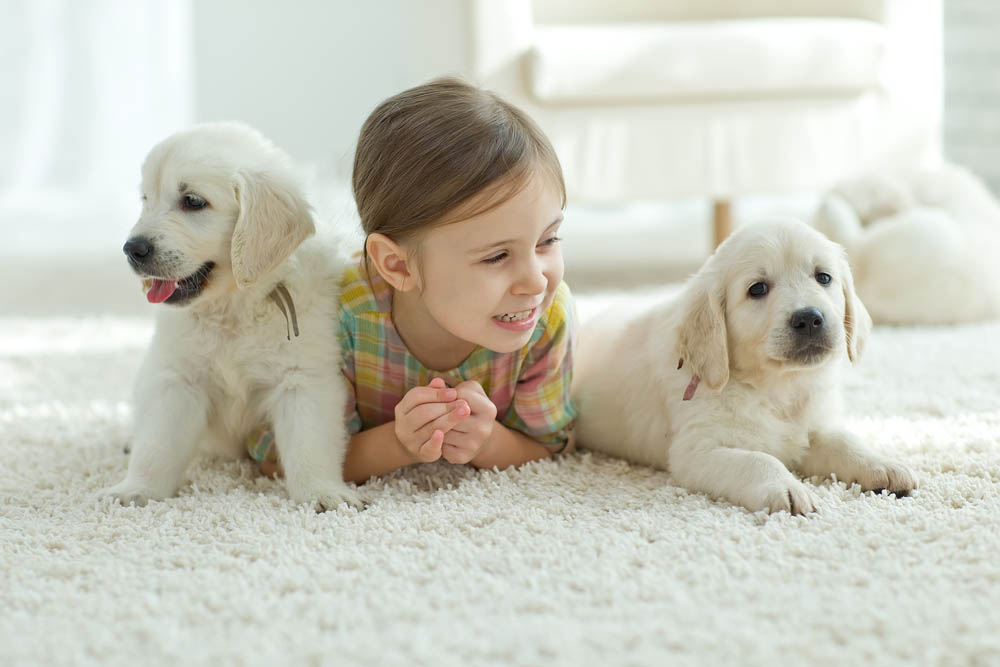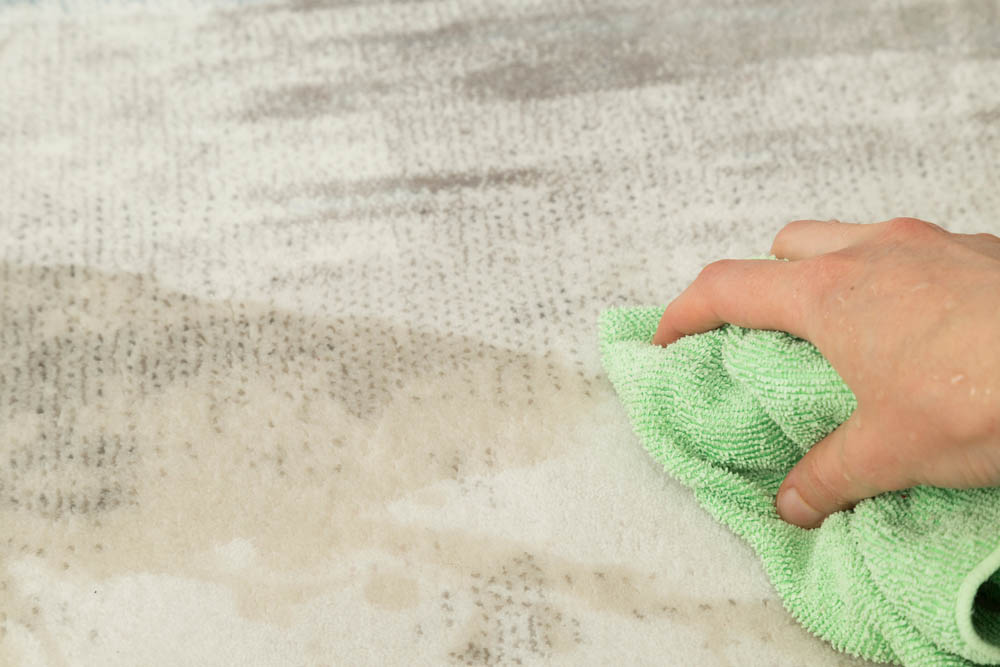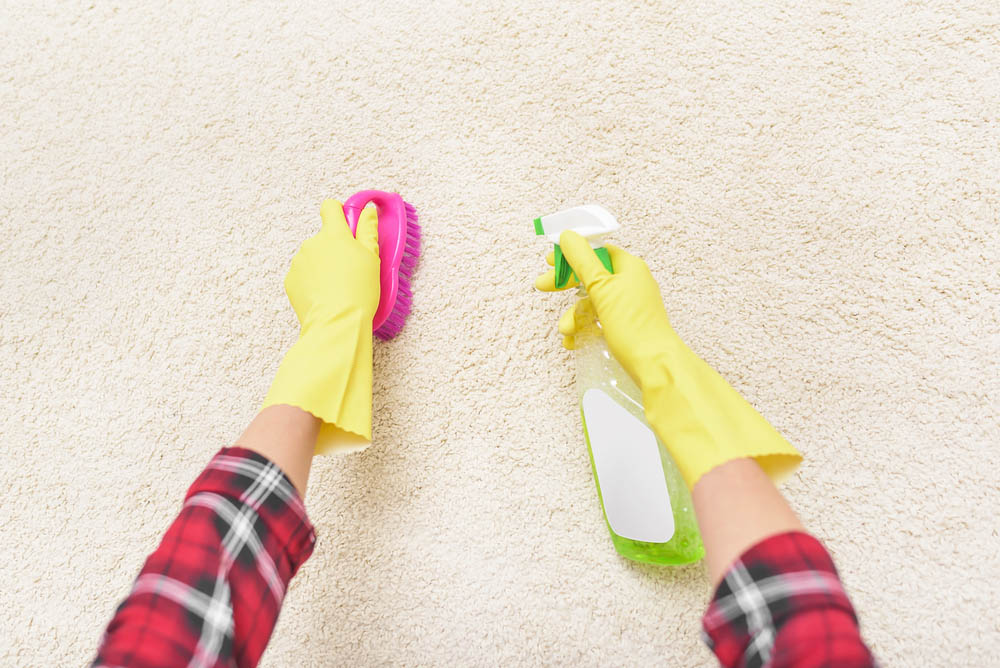
Caring for your rugs is an essential part of maintaining the aesthetics and durability of these significant home decor elements. From oriental to shag, wool to cotton, each rug type has its unique charm and specific care needs. This guide will explore everything you need to know about rug care and maintenance.
Understanding Different Types of Rugs and Their Materials
Rugs come in a plethora of styles, patterns, materials, and constructions. Each type carries its own care instructions and cleaning methods. Oriental rugs, often made of silk or wool, require delicate care and maintenance. On the other hand, synthetic rugs made of nylon or polyester may withstand more rigorous cleaning.
Knowing the material of your rug is vital to proper rug care. Wool rugs, for example, are durable but may be susceptible to moths. On the contrary, silk rugs require meticulous handling due to their delicate nature, while cotton rugs are typically easy to clean and maintain. Understanding your rug’s material helps inform the right cleaning solutions to use and how to effectively prolong your rug’s lifespan.
Rug Repair, Restoration, and Damage Prevention
At times, your rug might need more than just cleaning. Fraying edges, loose threads, and faded areas may require rug repair or restoration services. Additionally, rug padding plays a significant role in rug care. Not only does it add comfort, but it also acts as a protective barrier, reducing the wear and tear on your rug.
To prevent rug damage, keep your rugs away from extreme sunlight, rotate them regularly, and address stains promptly.
Understanding Rug Labels and Care Misconceptions
Rug labels often carry essential care instructions. Recognizing these symbols and instructions can prevent accidental damage during cleaning. Additionally, it’s essential to dispel rug care myths and misconceptions. For instance, some may believe that rugs should only be cleaned when visibly dirty, but routine cleaning can significantly extend your rug’s lifespan.
Routine Rug Maintenance: Tips and Techniques
Proper and regular rug maintenance can help to extend your rug’s life and maintain its beauty and functionality. The following tips and techniques should be part of your routine:
Regular Vacuuming
This is the simplest and most effective way to keep your rug clean. It helps to remove dust, dirt, and allergens, which can degrade rug fibers over time. Note that delicate rugs like silk or antique rugs may require special care and should be vacuumed with a low suction setting to avoid damage.
Rotate Your Rugs
Rotate your rugs every six months, especially if they are located in high-traffic areas or exposed to sunlight. Rotation helps to distribute wear evenly and prevents certain areas from fading or wearing out before others.
Using Rug Pads
Rug pads are essential for rug maintenance. They help to keep your rug in place, reducing slippage and bunching that can lead to tripping hazards and wear and tear. Additionally, they provide an extra layer of cushioning, which reduces the pressure on the rug fibers and extends the rug’s lifespan.
Spot Cleaning
Attend to spills and stains immediately. The longer a stain sits, the harder it is to remove. Remember to blot, not rub, to avoid spreading the stain or causing damage to the rug fibers.
Professional Cleaning
Depending on your rug’s traffic and location, professional deep cleaning is recommended every 12 to 18 months. This helps to remove dirt and grime that regular vacuuming can’t reach and can help restore your rug’s original colors.
Prevent Sun Damage
If possible, keep your rugs out of direct sunlight to prevent fading. If your rug is in a sunny spot, consider using blinds, shades, or a window film to reduce sun exposure.
Address Wear and Tear
If you notice signs of damage, such as fraying edges or loose threads, address them promptly to prevent further damage. Small repairs can often be done at home, but larger repairs may require professional services.
Avoid Moisture and Humidity
Excess moisture can damage your rug and even lead to mold and mildew. Try to keep your rugs dry and clean up any spills immediately. In particularly humid climates, a dehumidifier may be beneficial.
Conclusion
By integrating these steps into your regular rug care routine, you can help ensure that your rugs remain vibrant and sturdy for years. Remember that every rug is unique and may require specific care based on its material, construction, and dye. Always check the manufacturer’s instructions or consult a professional if you need clarification.
Our Services

Get In Touch
Professional cleaning of carpet and tile




